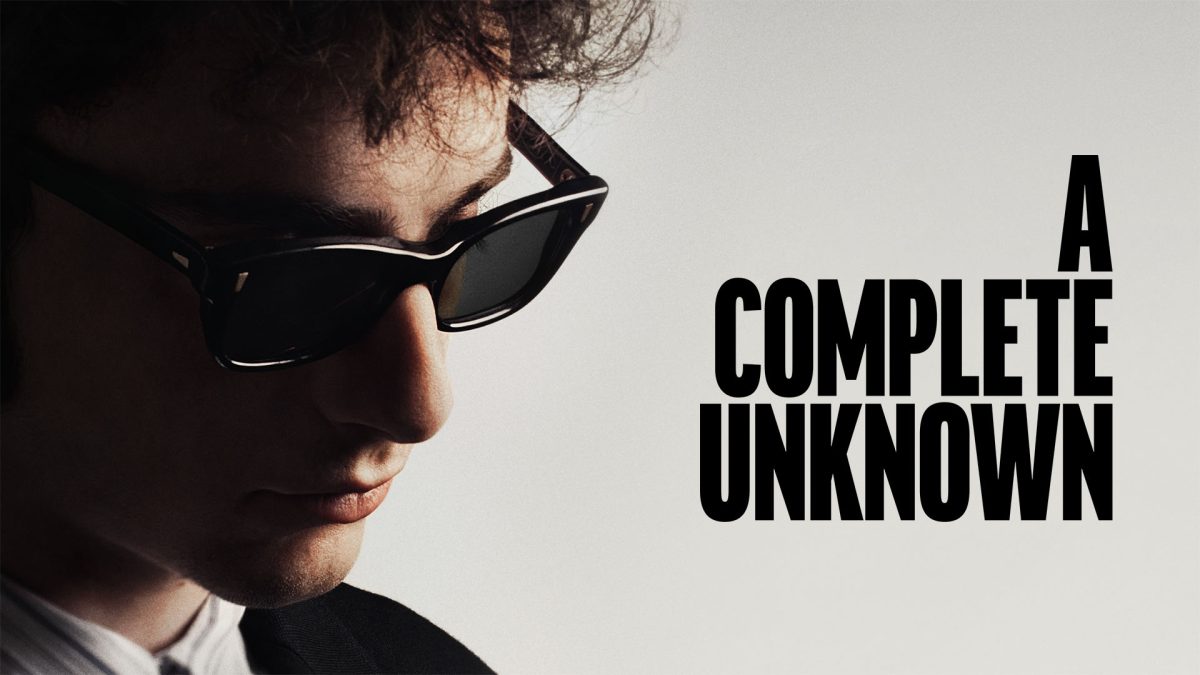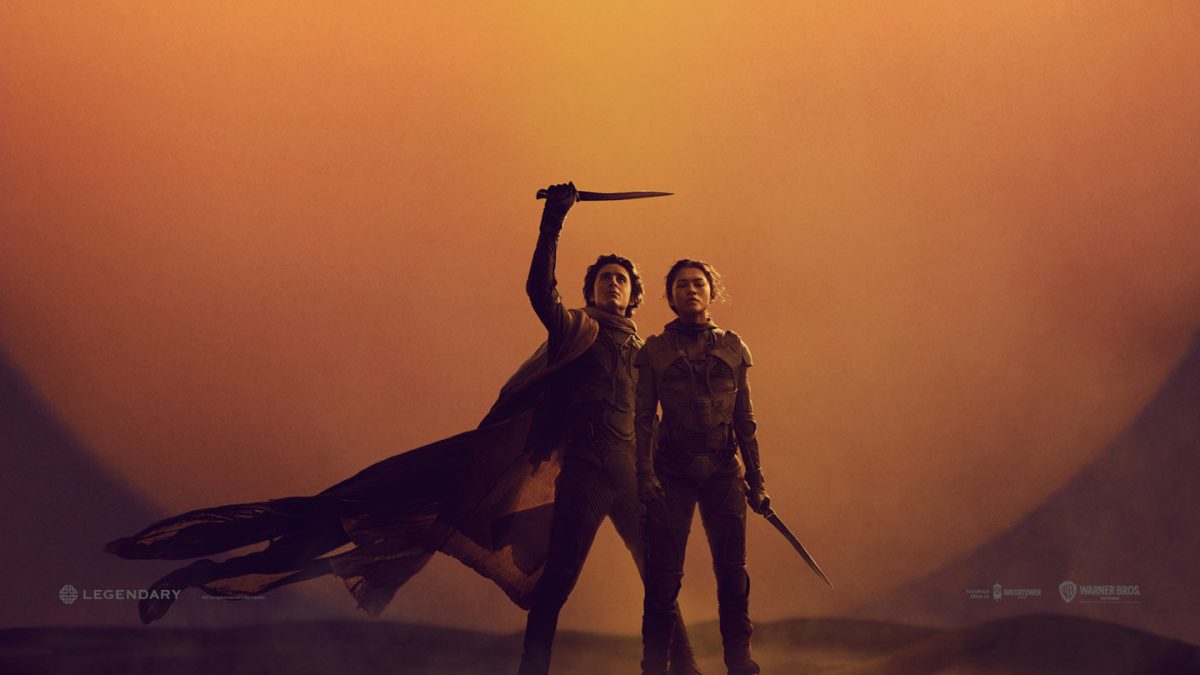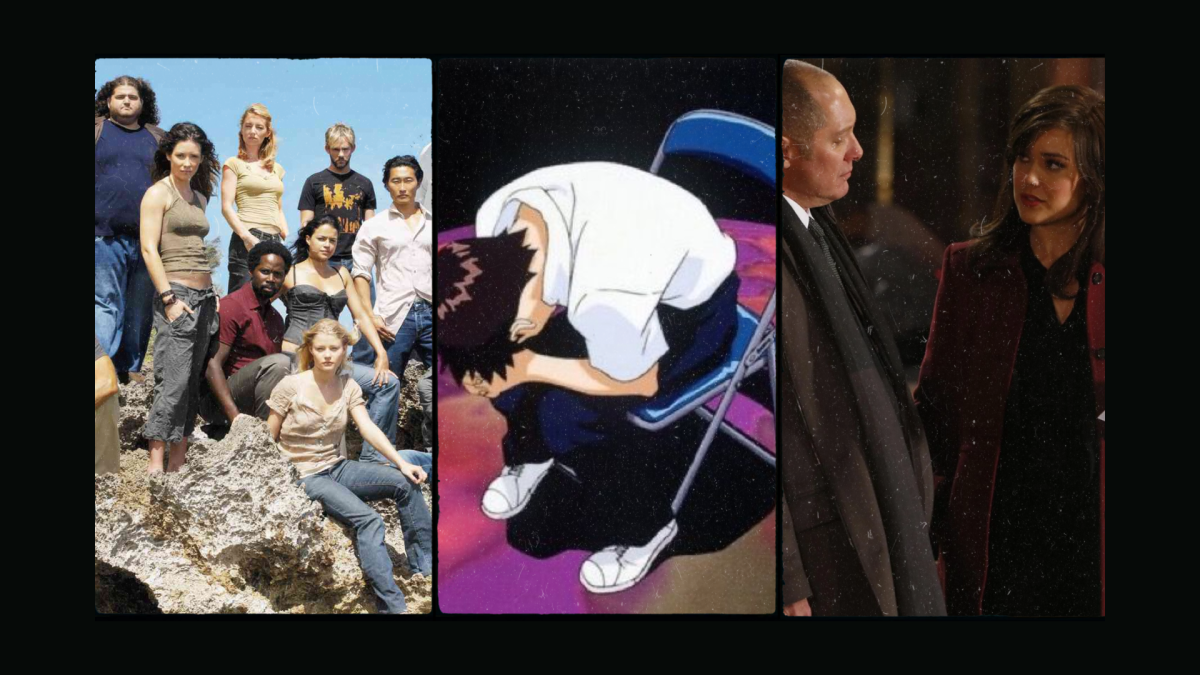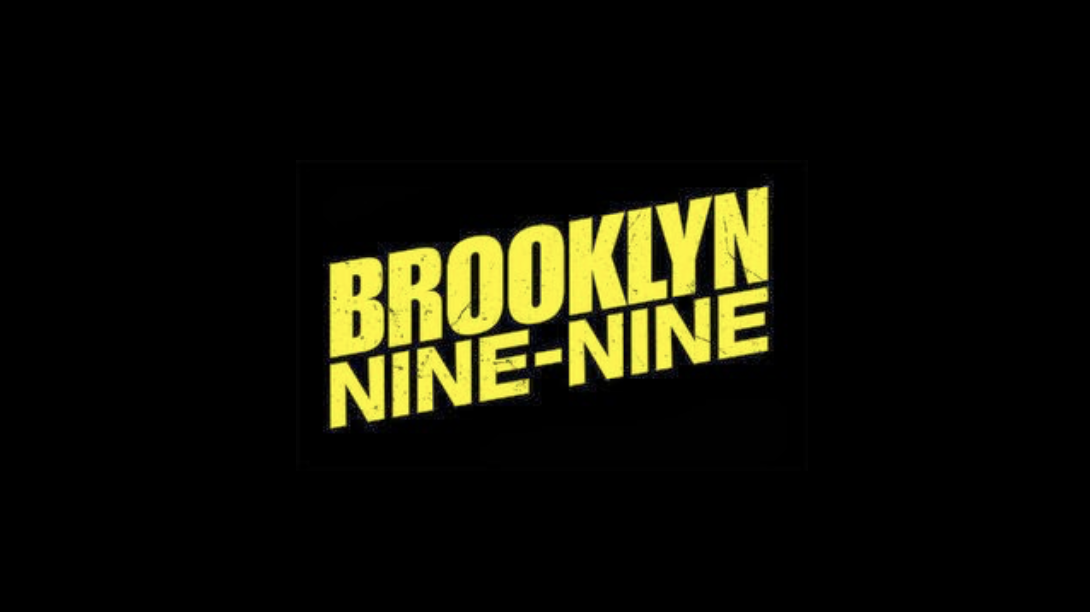I went into “A Complete Unknown” just for Timothée Chalamet. However, by the time the credits rolled, I had become a Bob Dylan fan.
The hit movie “A Complete Unknown” was nominated for several Oscars this year and managed to win over the hearts of many audiences. Its nominations included “Best Picture,” “Best Director” and “Best Actor” for Timothée Chalamet’s portrayal of Bob Dylan, as well as additional nominations.
The movie begins with Dylan locating his number one idol, Woody Guthrie, the folk star who has been hospitalized in New Jersey due to Huntington’s disease. Dylan’s goal: to sing his original piece, “Song to Woody.” The song is a heartfelt ode to Guthrie’s life and his way of proving his songwriting abilities. This scene in particular stuck out to me —it was a powerful and emotional introduction to who Dylan was. “Song to Woody” earned my respect for his lyrical songwriting skills. It almost felt like they had been longtime friends, but it was an act of respect and admiration.
At this meeting with Guthrie, Pete Seeger meets Bob Dylan. Seeger is portrayed by Edward Norton, who recently received his fourth Academy Award nomination for “Best Supporting Actor” in this role. Seeger goes on to play a critical role in Dylan’s rise to fame as a mentor, supporter and friend.
Throughout the movie, we follow Dylan’s process of changing the folk genre. With this, he is faced with contrasting opinions on his transition from traditional folk to incorporating electric instruments into his songs. To me, his writing skills were unbelievable, and the electric guitar was a great addition to his music; the hate Dylan received was upsetting.
Dylan’s character was undeniably nuanced. At points, I felt a sort of anger towards Dylan’s aloofness towards people that he held close, such as Joan Baez and Sylvie Russo, played by Elle Fanning and Monica Barbaro. Baez was a well-known folk singer, a love interest, and a collaborator with Dylan. Russo was mainly seen as his live-in girlfriend. Dylan would continuously cause jealousy between the two women, pitting them against each other by struggling to choose between them. During the movie’s span of five years, he continued to bounce between the two, losing interest or feeling insecure about his actions. Conversely, I felt passionate about Dylan’s confidence in his abilities, opinions and dedication to his message. He had no doubt in his opinion. This was made clear. For being the focus of the movie, he didn’t talk much, but his voice acoustically and intellectually stood apart from anyone I had heard before.
The political aspect of “A Complete Unknown” added to my understanding of what encouraged Dylan’s songwriting. The Bay of Pigs invasion in Cuba, the assassination of Kennedy and the civil rights movement all occurred during this fraught time. It slowly became obvious to me that his songs were inspired by these events and the impact they had on him and his visions of the future.
The strife exhibited throughout “A Complete Unknown” culminates at Dylan’s final concert at the Newport Folk Festival. Disputing what the folk committee advised, he assembled a controversial sound by adding electric instruments to his band. Although the folk committee and his own mentor, Seeger, disagreed with his ideas, Dylan’s managers believed he was going to change the industry. “You’re pushing candles, and he’s selling light bulbs,” said Albert Grossman, one of Dylan’s managers, to Seeger. Despite the warnings from many, he goes through with the electric band, receiving a hostile reaction from fans. Dylan chose to ignore the crowd’s hostility, appearing unfazed.
While I enjoyed Dylan’s new folk sound, it was the development of his political message that made me a fan. Dylan went on to become the voice of a generation, proving the power of standing up for your convictions and speaking truth to power. His growth as an artist, his invention of musical sound, and his performance at the Newport Folk Festival showed that change can happen in any form you believe possible.










